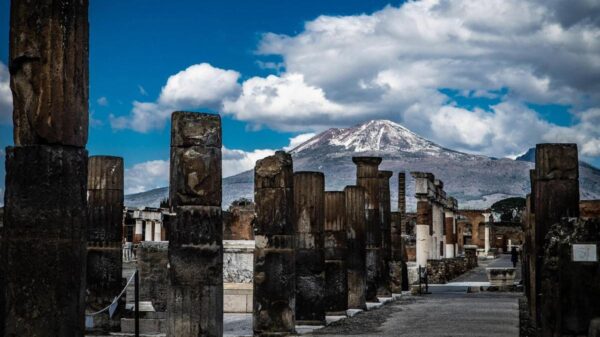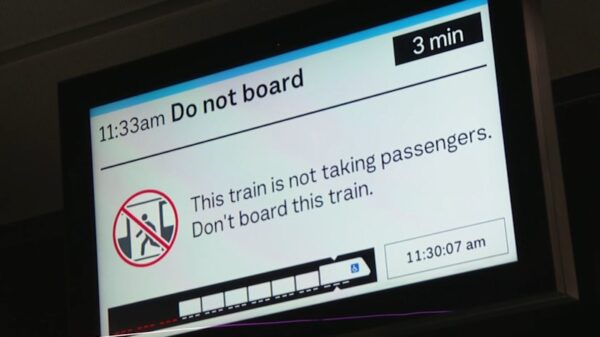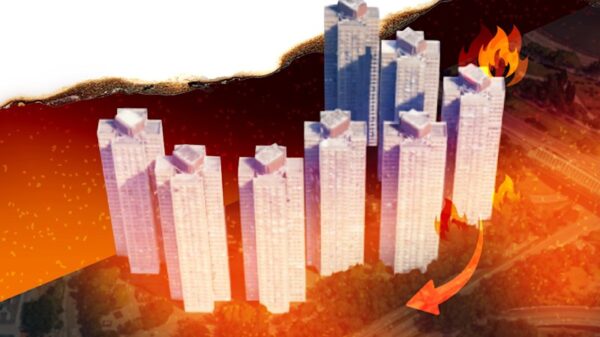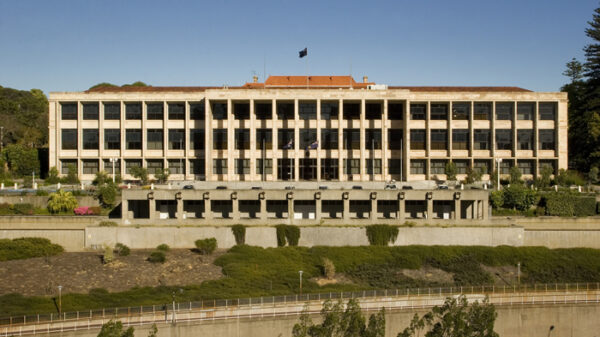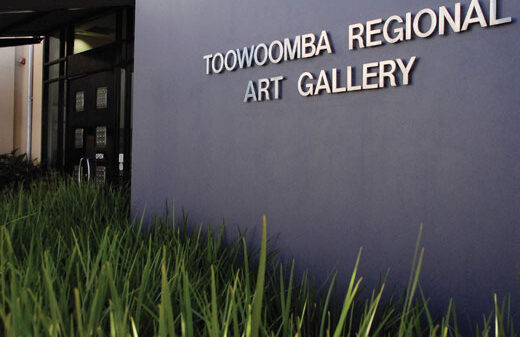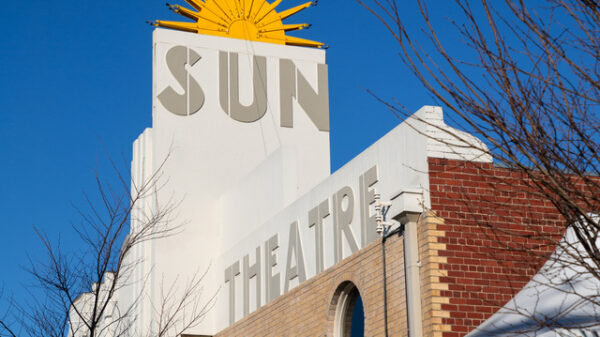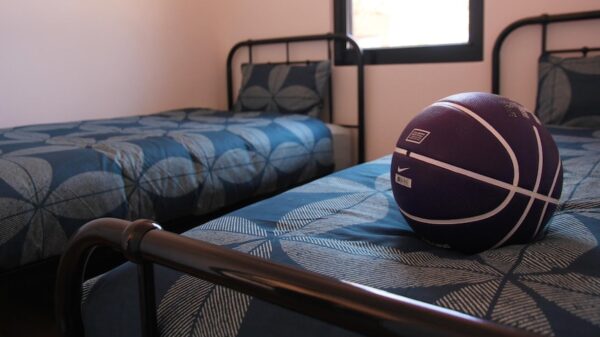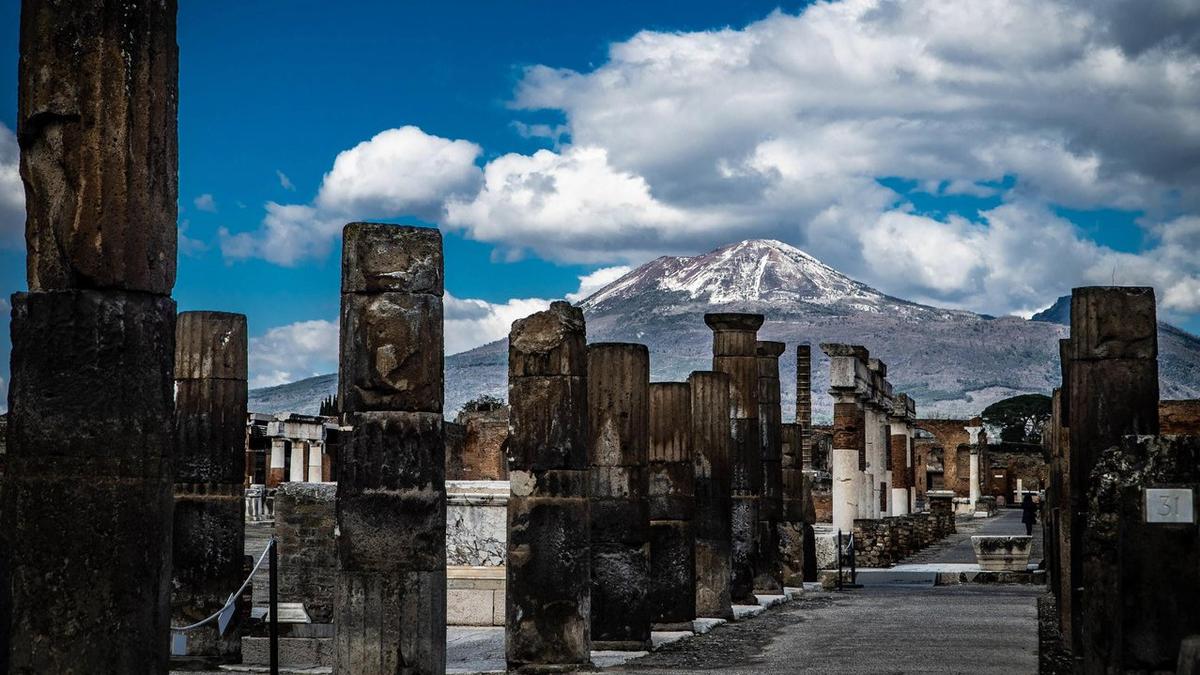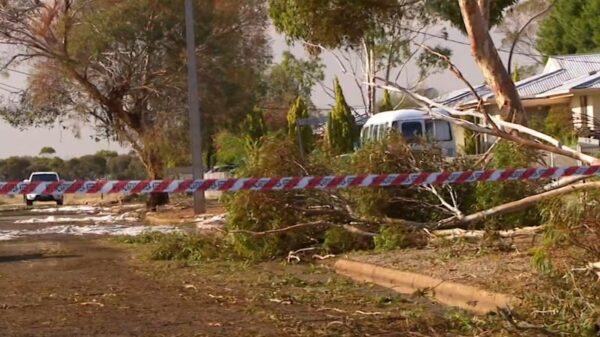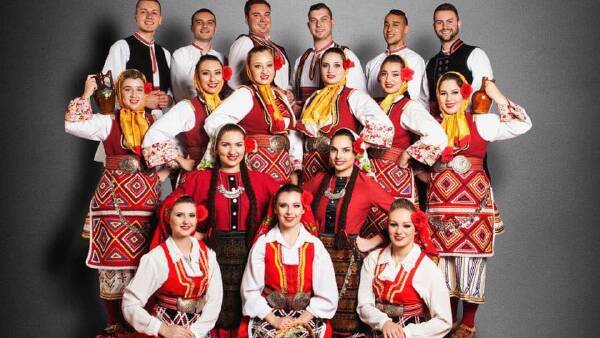URGENT UPDATE: A groundbreaking robotic system is poised to revolutionize the restoration of Pompeii’s ancient Roman frescoes, offering hope for the reassembly of priceless artifacts shattered and buried for centuries. This innovative technology, part of the EU-funded RePAIR project, combines advanced image recognition and AI-driven solutions to aid archaeologists in their painstaking efforts.
Launched in 2021 and coordinated by Ca’ Foscari University in Venice, the robotic initiative aims to transform the traditionally slow and frustrating restoration processes used in archaeology. The project’s demonstration in Pompeii has captured global attention as international research teams utilize the site as a testing ground for this cutting-edge technology.
According to Gabriel Zuchtriegel, director of the Pompeii archaeological site, the project was born out of a pressing need: “The restoration work actually started from a very concrete necessity to recompose fragments of frescoes that had been destroyed during World War II.” This robotic system could redefine restoration practices worldwide, allowing for faster and more efficient work while maintaining the integrity of delicate pieces.
The robot operates with twin arms and flexible hands of varying sizes, equipped with vision sensors that enable it to identify, grip, and assemble fragments without causing damage. The ancient city of Pompeii, located near Naples, was buried under volcanic ash following the catastrophic eruption of Mount Vesuvius in AD 79. Researchers have focused on frescoes preserved in fragmentary states, including two large ceiling paintings that suffered damage during the initial eruption and subsequent bombing in World War II, as well as frescoes from the House of the Gladiators, which collapsed in 2010.
During the initial testing phase, researchers created replicas of the original pieces to safeguard them from risk. As robotic teams designed the system, experts in artificial intelligence and machine learning developed algorithms capable of reconstructing the frescoes by matching colors and patterns that might not be visible to the human eye.
The restoration challenge resembles solving a massive jigsaw puzzle, complicated by missing pieces and the absence of a reference image for the final product.
“It’s like you buy four or five boxes of jigsaw puzzles. You mix everything together, then you throw away the boxes and try to solve four or five puzzles at the same time,”
explained Marcello Pelillo, a professor at Venice University who co-coordinated the project.
The implications of this technology extend beyond Pompeii, as researchers believe it could set new standards for archaeological restoration on a global scale. The use of robotics in this context not only enhances efficiency but also preserves the integrity of invaluable cultural heritage.
As the project progresses, attention will turn to its broader applications in archaeology and conservation. Future developments in the RePAIR project are expected to further refine the technology and expand its use across various archaeological sites.
Stay tuned for more updates on this innovative project that blends cutting-edge technology with the rich history of Pompeii. The world watches as ancient artistry gets a second chance, thanks to the power of robotics and AI.


